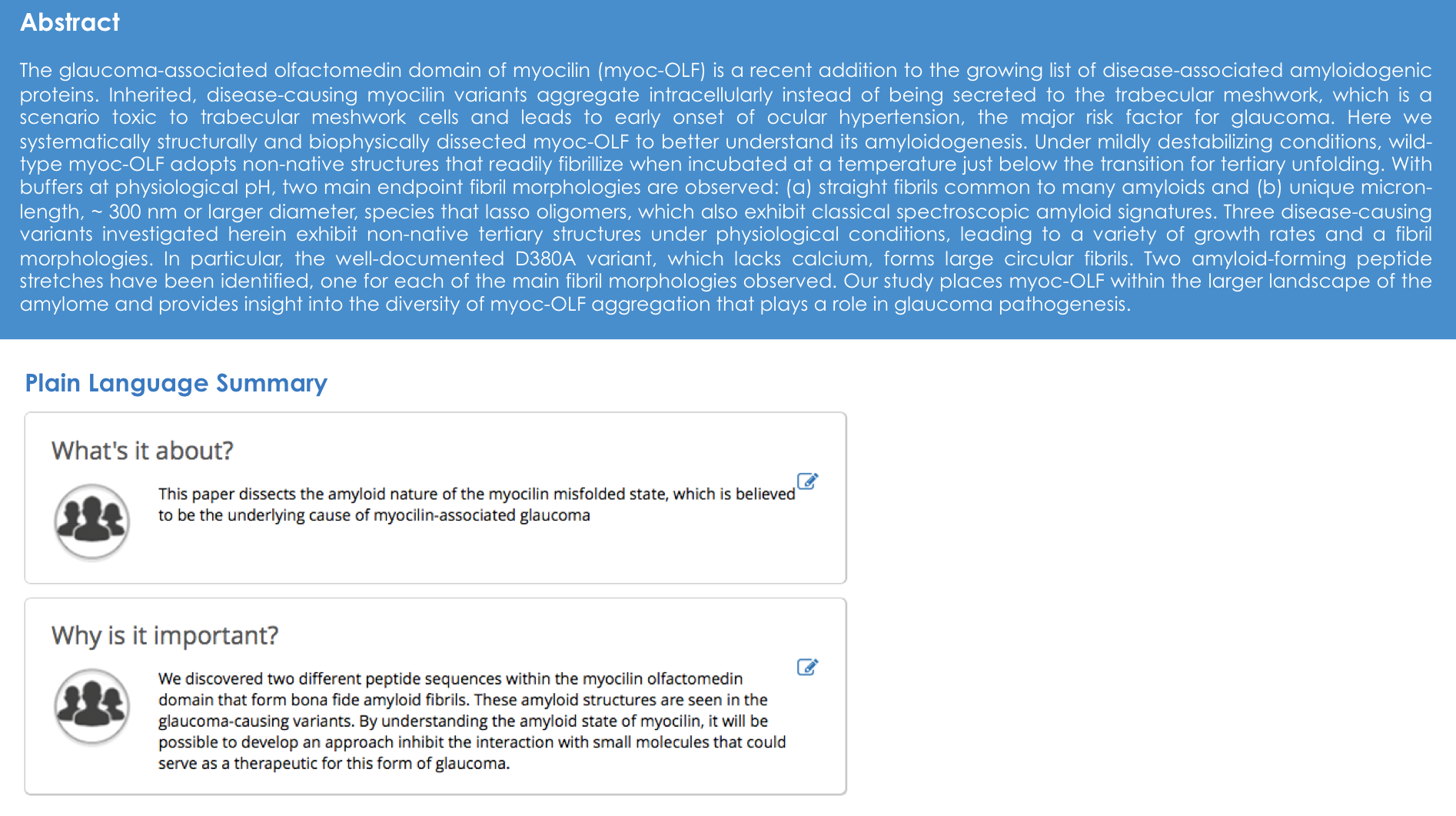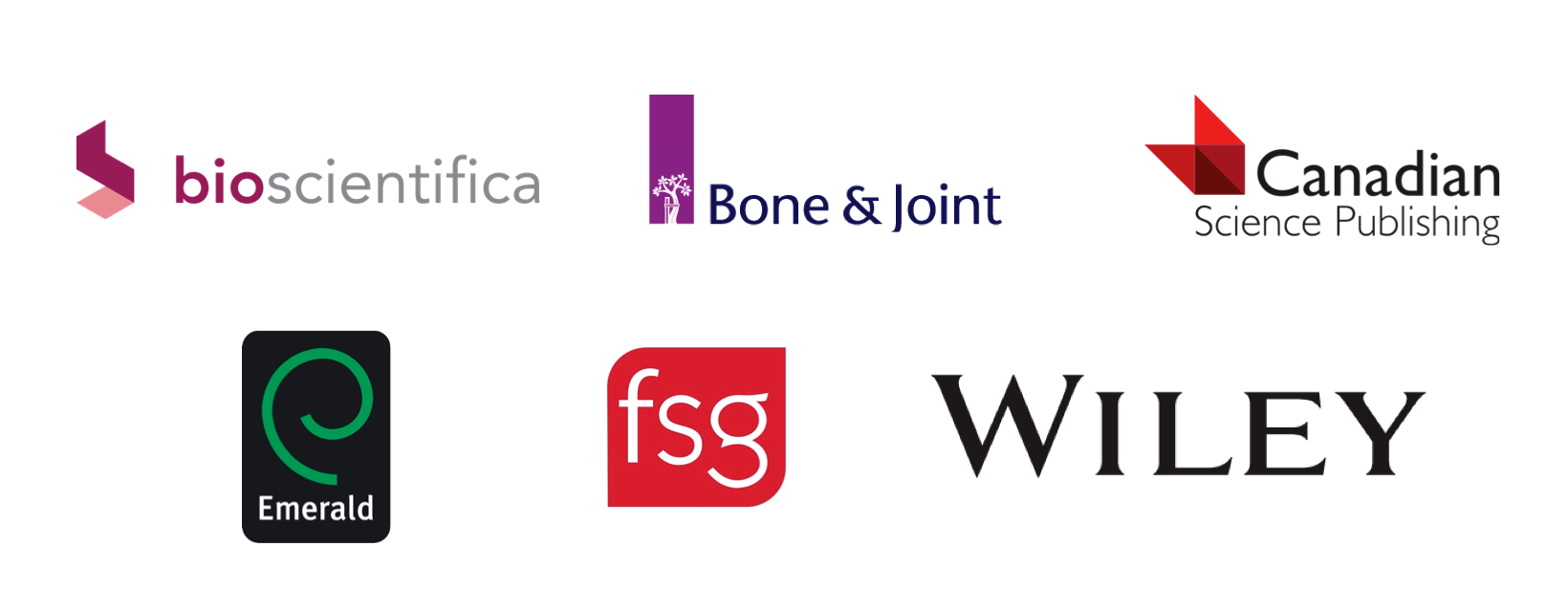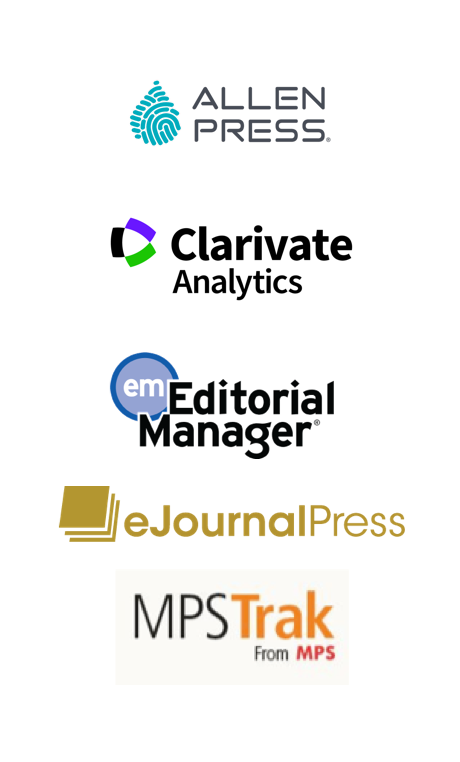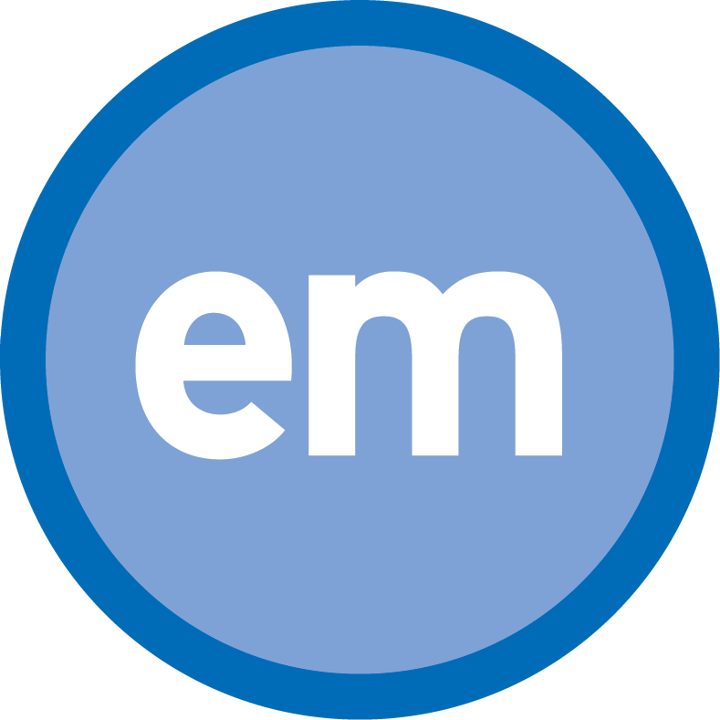We posted last week to announce our integration between Kudos and Thomson Reuters’ ScholarOne Manuscripts products. There has been so much interest in this partnership (one of our most read blog posts ever!) that we’ve asked David Sommer, Product Director and one of the Co-Founders at Kudos, to explain more about how it works and the broader context.
Easier to find, easier to understand
At Kudos, our aim is to make it easier, quicker and more intuitive for authors to increase the discoverability of their work. We know that abstracts often contain dense, technical language, making it hard to get a quick overview of the article. Researchers are busy people and are therefore less likely to read a publication, if they have to invest a lot of time first understanding whether or not it’s relevant for them. We found that a plain language summary gives readers an instant overview of an article, making it easier to understand and also easier to find.

Whether that’s by people within your own field, in adjacent fields or by readers outside of academia. And this unlocks new audiences for your work, who may well start their search using plain language search terms.
The Kudos toolkit has recently been proven to help researchers and their publishers, institutions and societies increase readership. And that’s really been the launch pad for a new range of partnerships that we’re announcing over the coming months that help us embed our ideas and tools into the wider research workflow. That’s why we’re particularly excited to announce the first of these integrations between ScholarOne Manuscripts and Kudos.
So how does it work?
We see good levels of engagements when authors add plain language summaries in Kudos post-publication, but we believe that Kudos could be even more useful if authors start thinking about impact during the submission and acceptance process. That is when they are most likely to be most engaged, rather than several months later when their work is published and they’ve moved on to the next project.
Our integration between Kudos and ScholarOne means that authors submitting manuscripts through ScholarOne will be invited to write their plain language summary directly during the submission and acceptance workflow. Kudos then automatically pulls across these plain language summaries from ScholarOne and stores them in Kudos until the point at which the article is published. At that point Kudos automatically sends the author an email, notifying them that their plain language summary is ready, and the plain language summary is pushed live on the Kudos publication profile page, helping to make that article easier to find and understand and ultimately helping to increase its impact.

Pilot partners
Over the next six months we’re going to be working with six leading publishers on a pilot to measure the impact that collecting plain language summaries earlier in the process has. We’ll be looking at the ultimate impact that articles have where plain language summaries are written earlier in the process versus post publication and we’ll be happy to share those results with you.

We’re delighted that ScholarOne and Thomson Reuters staff have been so supportive with our initiative and we’re looking forward to expanding our partnerships. This is the first in a series of partnerships and developments that will help authors capitalize on Kudos from lots of other starting points and workflows.
For more information you can watch the video, follow us @growkudos, contact us at info@growkudos.com or follow our blog.



